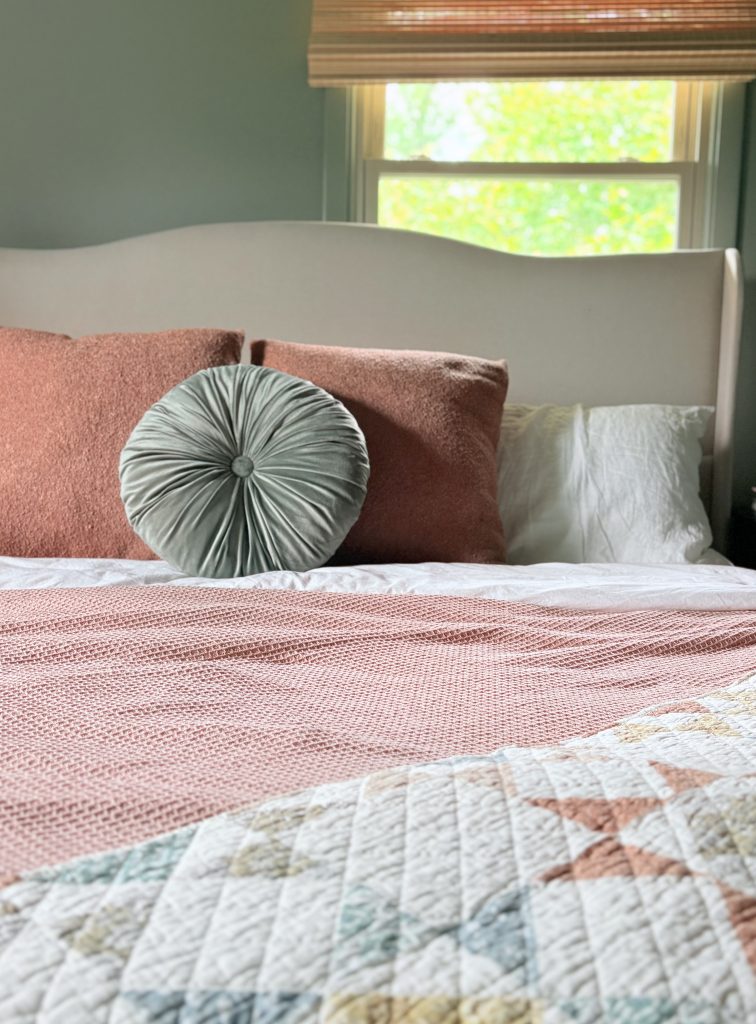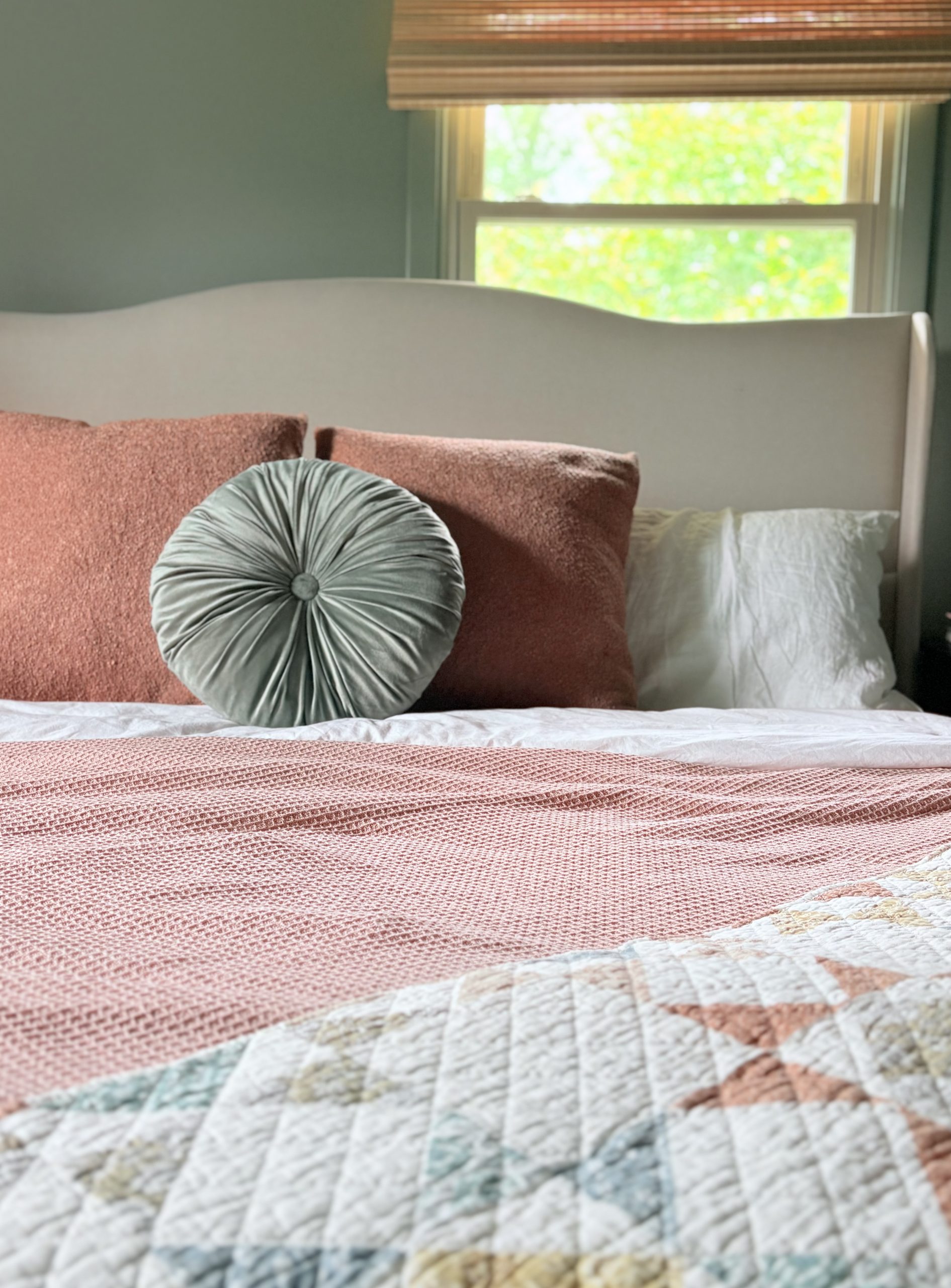Choosing paint colors for your home can feel paralyzing—there are thousands of options, and you might worry about picking the wrong one or committing to something too bold. But as a designer, I believe color is one of the best ways to express personality in a space. It doesn’t have to be scary—it can actually be simple and even fun when you have a plan.
Whether you’re going for cozy and calm, bold and energized, or something in between, here’s my process to help you choose paint colors confidently and understand how everything else—furniture, accessories, lighting—works together to bring your space to life.
1. Start with the Mood You Want to Create
Before diving into swatches, ask yourself: How do I want to feel in this space?
Do you want your bedroom to feel serene and restful? Or do you want your living room to feel warm, social, and inviting? The mood you want will guide your color palette. For example:
- Calm: Soft greens, blues, muted neutrals
- Cozy & Warm: Earth tones, ochres, rust, terracotta
- Fresh & Energizing: Citrus tones, bold accents, whites with contrast
2. Get Inspired by What You Already Love
Look at the colors you wear, the art you buy, or even what’s in your Pinterest boards. Often, people are drawn to the same tones over and over without realizing it. Hint: If you’ve ever had seasonal color analysis, often we are drawn to the colors that look best on us for our homes! It’s wild!
You don’t need to copy a Pinterest-perfect space—you just need to identify your preferences. I always encourage clients to trust their instincts. Color is personal, and your home should reflect you.

3. Understand Undertones and Lighting
Paint color isn’t just about the color itself—it’s about how it interacts with your space. That’s why one color can look completely different in two different rooms.
- North-facing rooms tend to be cooler, so warm undertones can help balance the light.
- South-facing rooms get a lot of natural light, which intensifies color.
- LED or warm light bulbs can change how the color reads in the evening.
Always test your top 2–3 colors on multiple walls and look at them at different times of day.
4. Test Colors the Right Way (Without Going Crazy)
Instead of painting swatches directly on your wall (which can be messy and limit flexibility), use large sample boards you can move around. You’ll get a more accurate sense of the color, and you won’t end up with a patchwork wall.
Stick to 3 or fewer options—too many will just create decision fatigue.
5. Think Beyond the Walls – Styling Brings It Together
Here’s where people often get stuck: they think the wall color has to do all the heavy lifting. But in reality, color works best when it’s part of a bigger picture.
- A deep green might feel too bold until you bring in warm wood, brass finishes, and soft neutral fabrics.
- A pale pink might feel too sweet until it’s grounded with black metal, layered textures, and unexpected art.
When I style a space, I look at how the rug, throw pillows, art, and even plants interact with the wall color. That’s when a color choice starts to feel intentional—and uniquely you.
Final Thoughts: Color Is Just One Part of the Story
Choosing a paint color isn’t just a design decision—it’s part of how you shape the energy of your home. It’s about mood, personality, and connection.
If you feel overwhelmed, know this: you don’t have to go it alone. Helping clients feel confident with color and creating spaces that truly feel like home is what I do every day.

